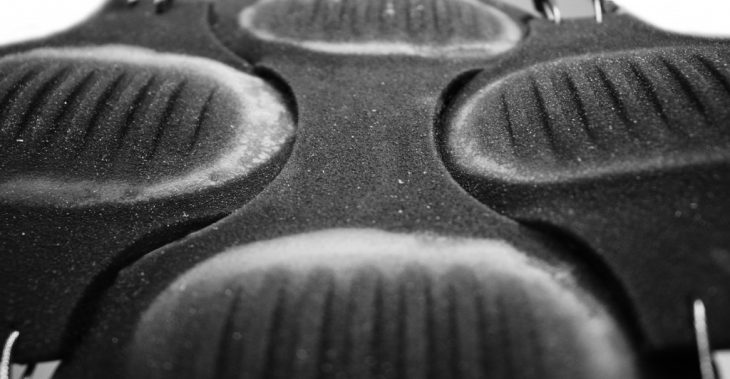
Abstract
In this era of ever-increasing complexities in building design and need for new systems, the potential of simple and basic materials are often overlooked for its assumed inability to perform complex tasks. However, these basic materials for example liquids when programmed in a controlled manner can act as actuation points which can trigger the desired global change in the system. In this light, the research question that we are tackling in this project is:
Can the expansion properties of liquids during its phase change be used to create responsive architectural systems?
The project has been developed with a vision to create a responsive skin that can be integrated with the building design. The responsive approach to architecture design is an evolving field that takes into account certain environmental conditions or user’s needs and creates simulative responses to it. This kind of system works with two components: the sensors which are the input and the actuators that is the output. The sensors measure the real-time data such as light, temperature, humidity, movement, position or speed. This data, when fed to the system, triggers the actuator to perform in terms of change in its shape, colour, size, position or geometry.
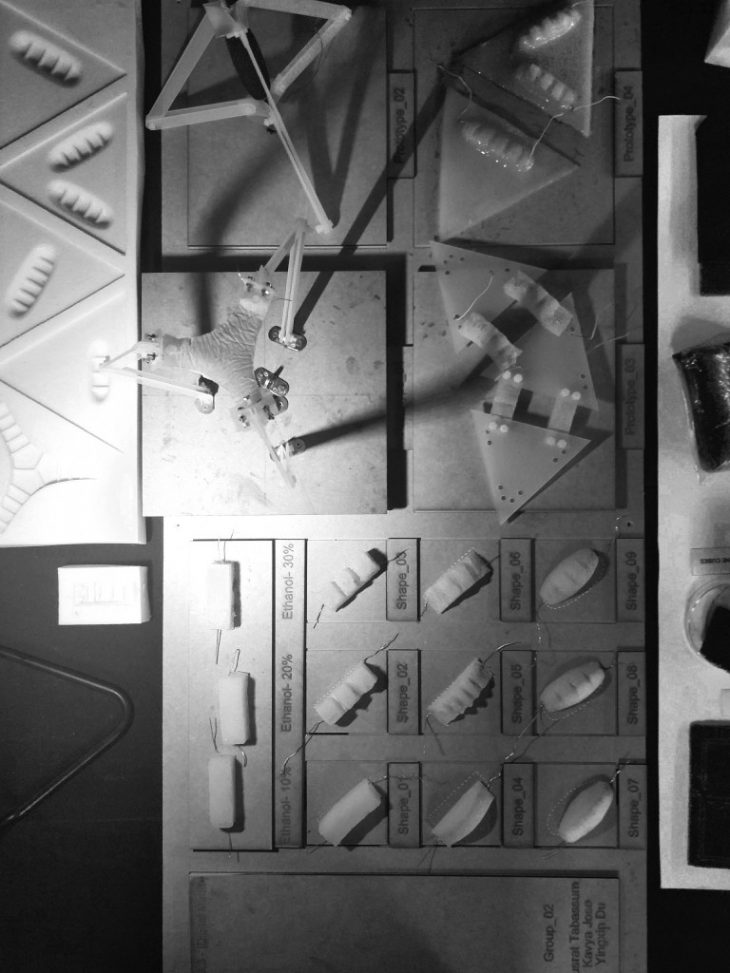
State-of-the-art
The studio project was reinforced by a rigorous amount of research including different case studies and previously done projects. All of them provided a strong base for the further development of this research and helped in structuring our findings in an organized way. The three most important ones are :

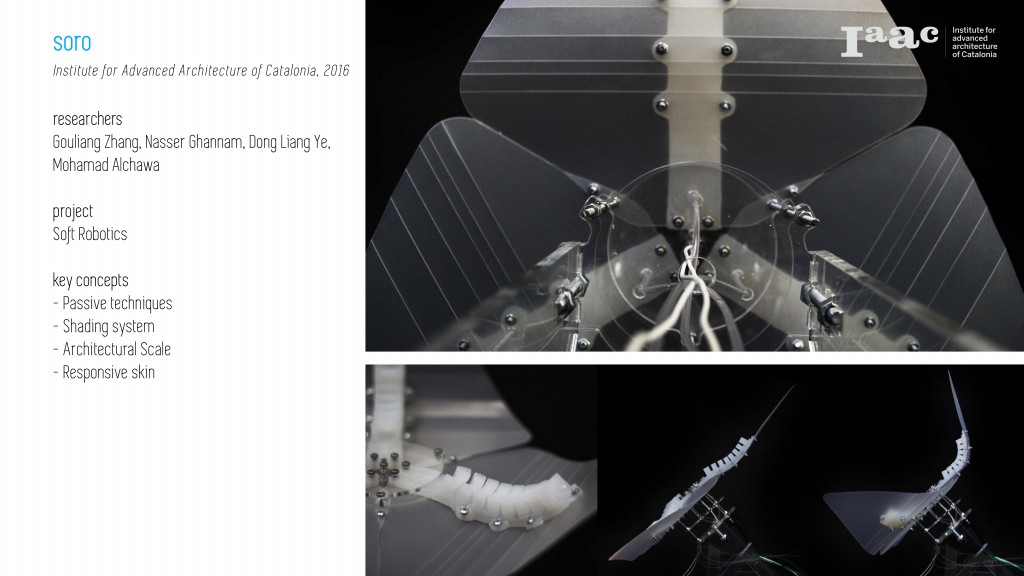

Materials & Materiality
The material system as proposed had to been studied in detail in order to leverage its properties to the project’s advantage. For this, two sets of tests were carried out. The first set included testing different liquids for the desired properties and characteristics. The second test involved using this resultant liquid for determining the optimum composite ratio that can give us the best actuation result.
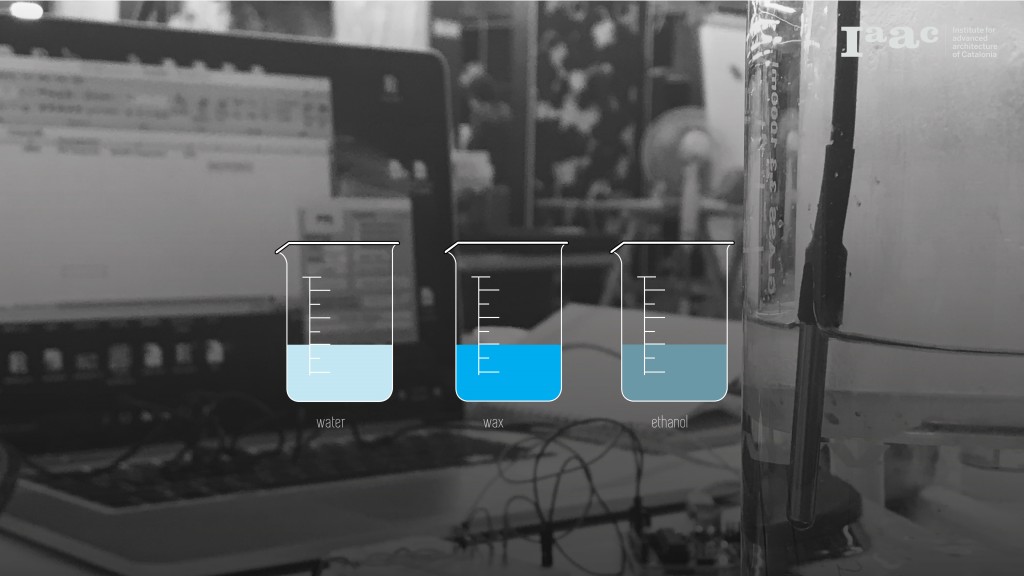
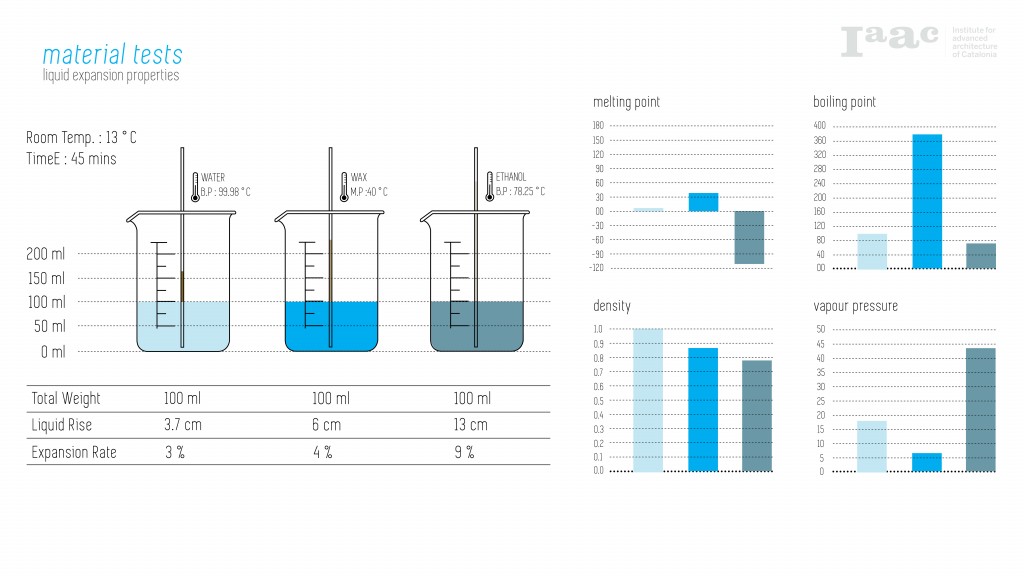
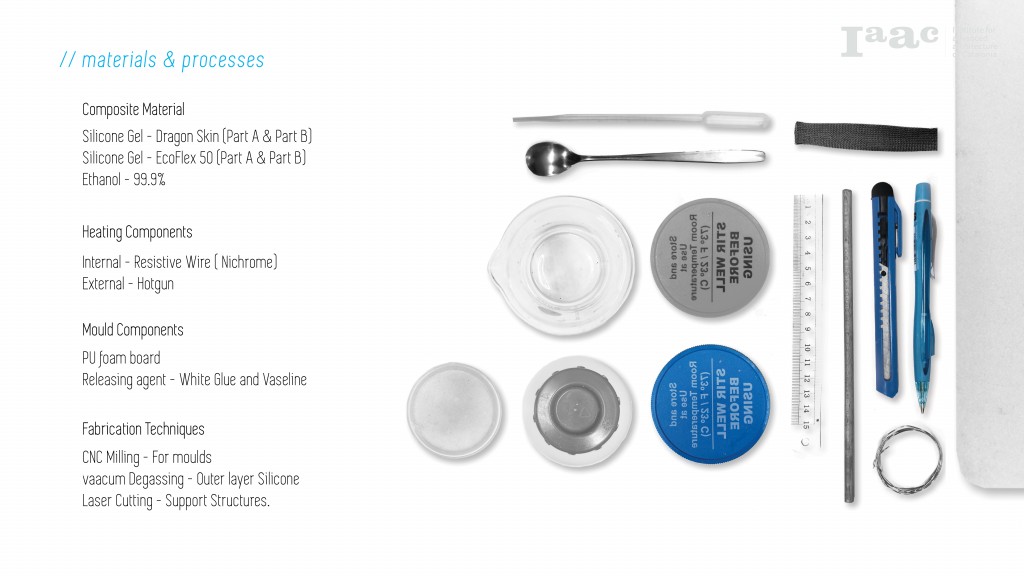

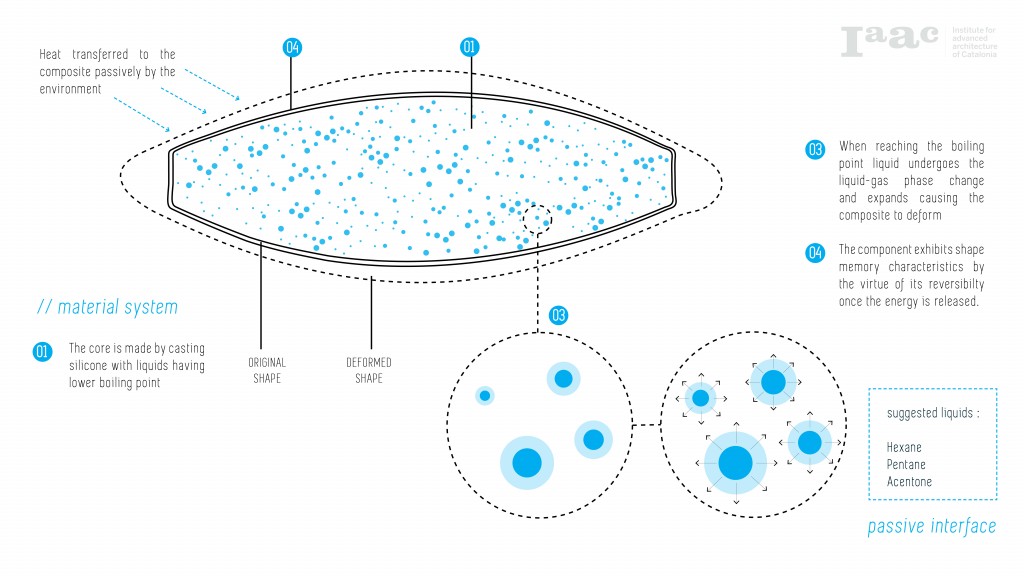
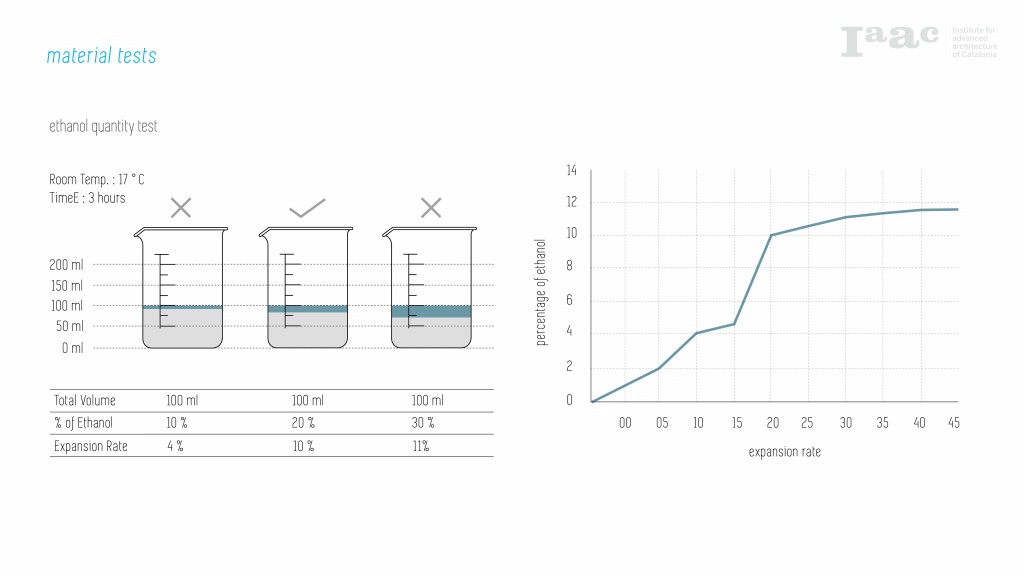
Shape Tests
The actuation property of the material we chose was expansion. Therefore, it was fundamental to explore various possibilities to control and programme these expansions. For this, the composite was cast in basic shapes and tested for deformations. Simple tricks were introduced, for example, cuts along the deformation curve to facilitate better results. The direction of curvature was also controlled by using a thin layer of paper.
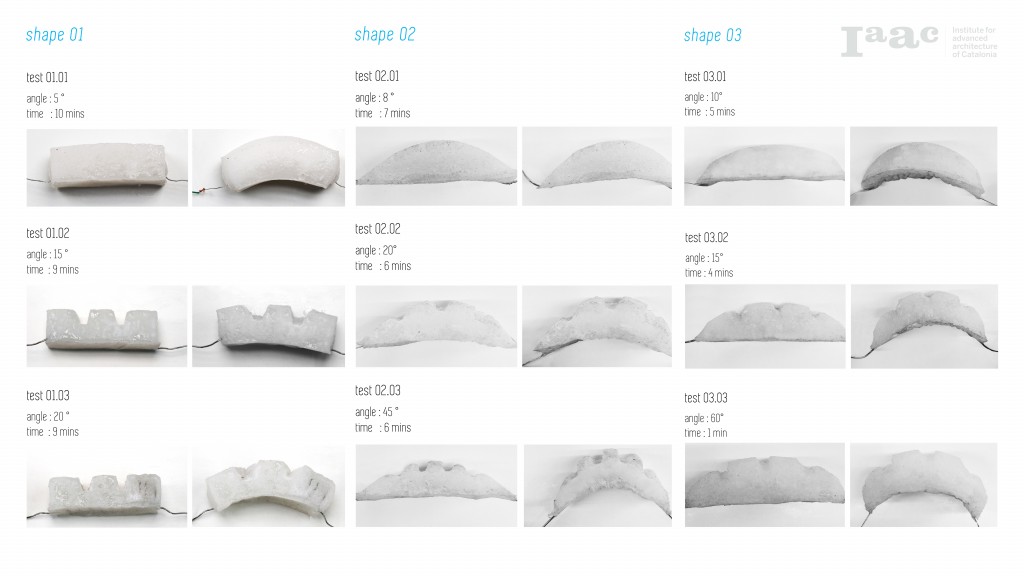
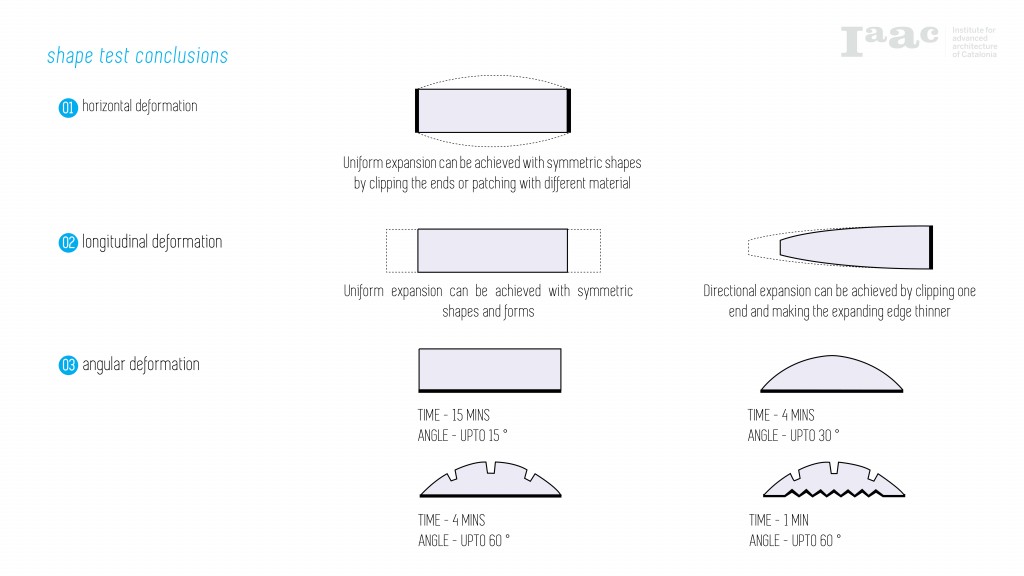
Test Prototypes – Stage 01
The next direction towards the research was to understand the material in terms of an architectural scale. Based on the results and conclusions achieved from the shape tests, the first set of scaled prototypes were made to evaluate the function best suited for the material system. A total of four prototypes were made introducing the material as both structural and skin element.
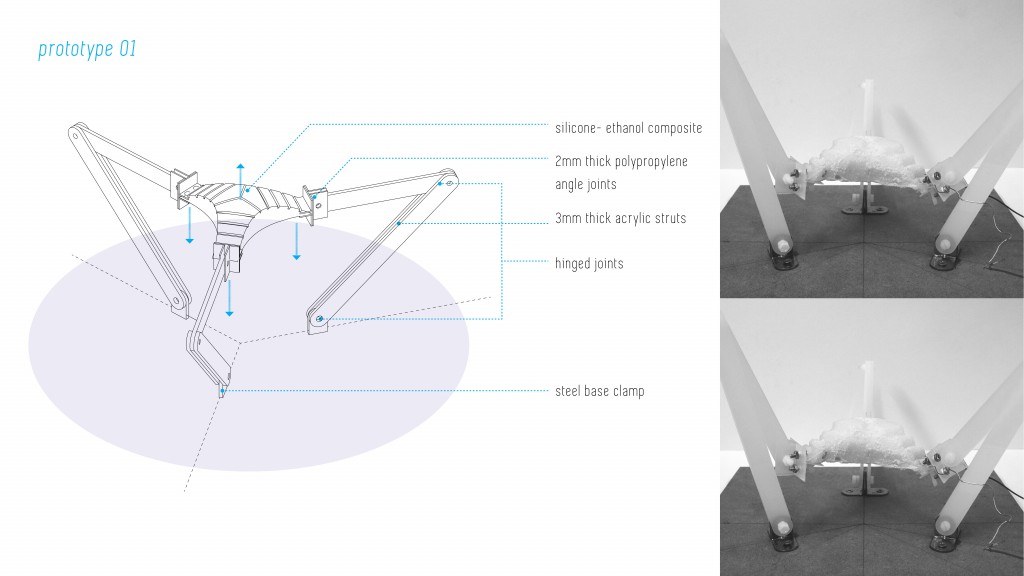
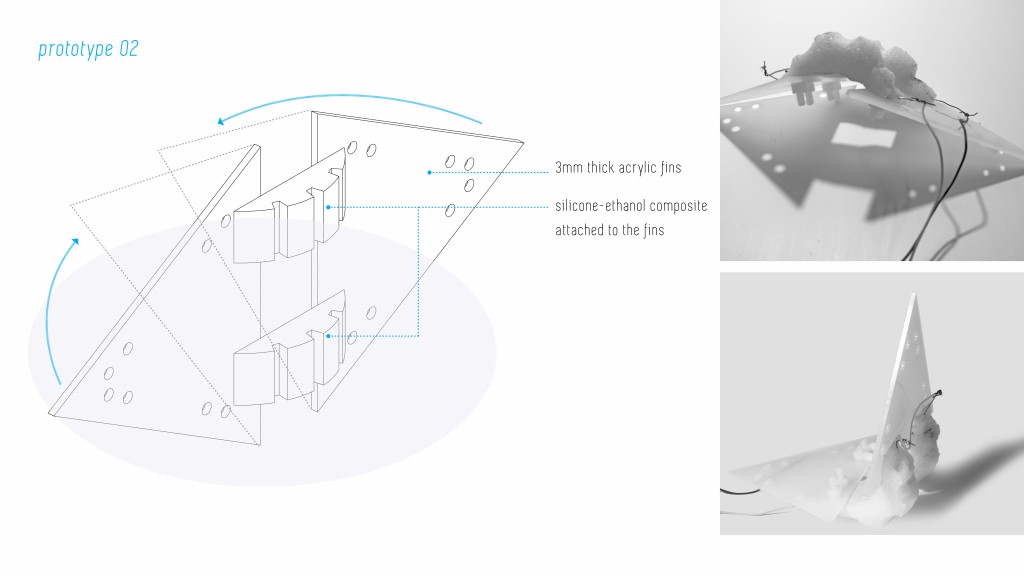
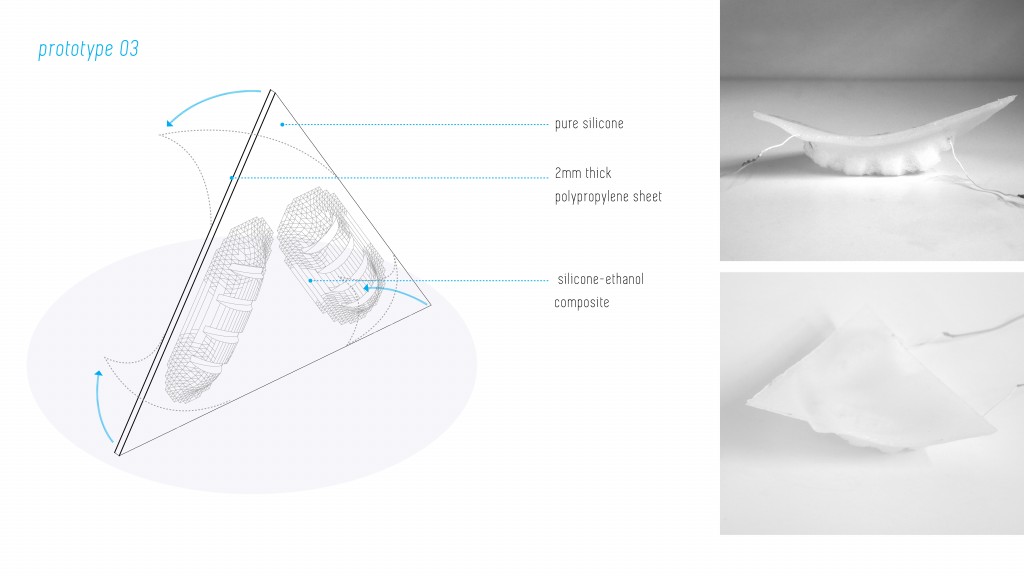
Test Prototypes – Stage 02
In accordance with the test results achieved in stage 01 of prototyping, it was found that the function best suited, however, not limited to for this material is the membrane design. Hence, the next stage of tests was carried out to explore in depth the behaviour of the material in different types of skin geometries. For this, 3 prototypes were made with different edge conditions and actuation strategies to find the best result.

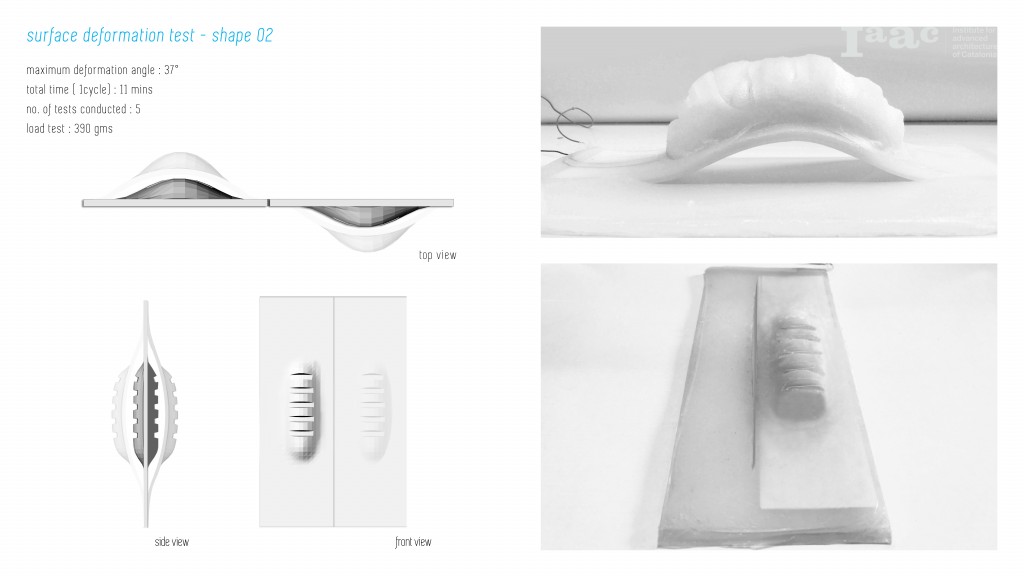

Test Prototype – Stage 03
Based on the results and findings achieved in the previous 2 stages, a one-on-one scale module of the proposed skin design was made. This was crucial in understanding the component on a realistic scale along with its structural and technical requirements as a holistic design. Therefore, this prototype was built with embedded sub-strucures and heating elements.
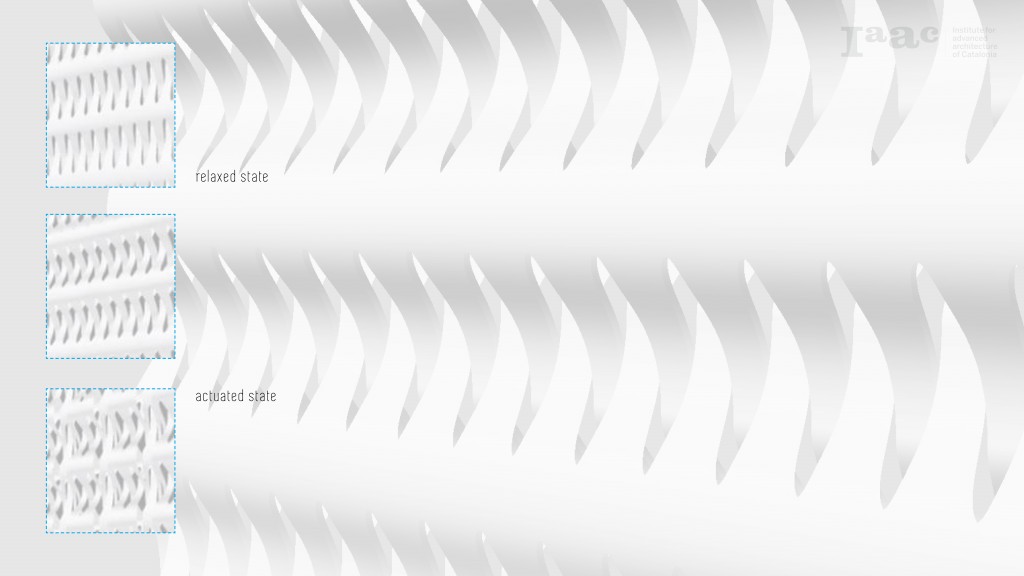
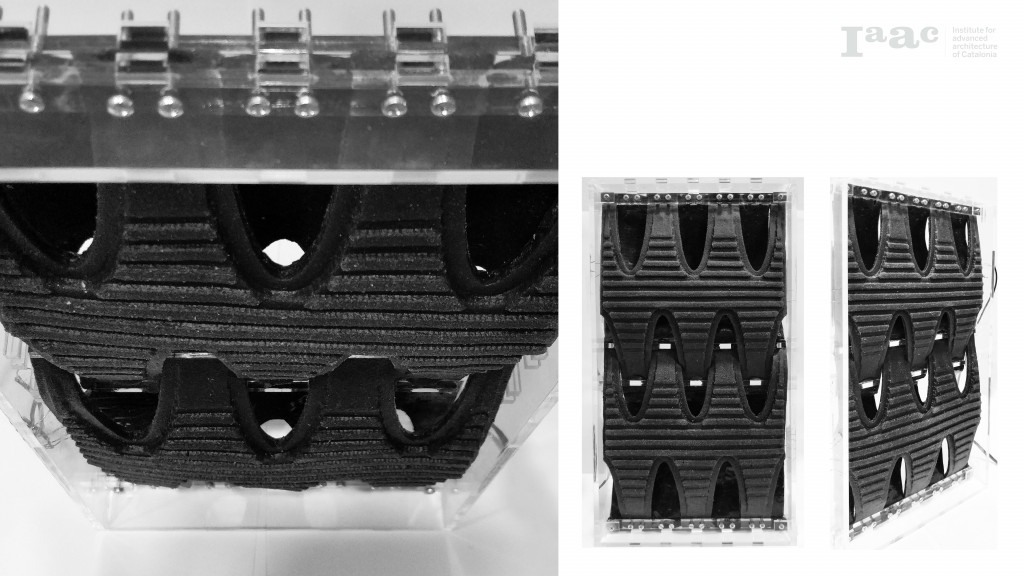
Test Prototype – Stage 04
The first full-scale prototype helped to understand the structural complexities as well as the design limitations for the material. Hence, the next set of explorations was carried out by using a simplified design to eliminate the interweaving pattern, while still keeping the idea of using two layers of the interface; a set of new shape tests was carried out to see how one shape can be tweaked to give different deformation results.

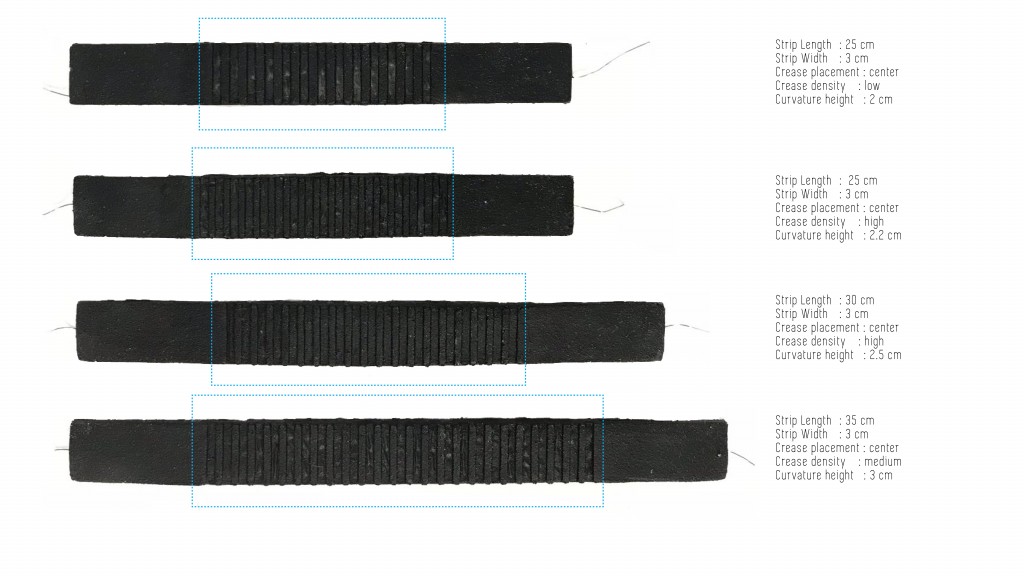
Final Design and Prototype
The next direction towards the research was to understand the material in terms of an architectural scale. Based on the results and conclusions achieved from the shape tests, the first set of scaled prototypes were made to evaluate the function best suited to the material system. A total of four prototypes were made introducing the material as both structural and skin element. Based on the final design for the Pnue.flex system, two real scape prototype modules were made to showcase two different design possibilities for its use as a facade skin membrane.

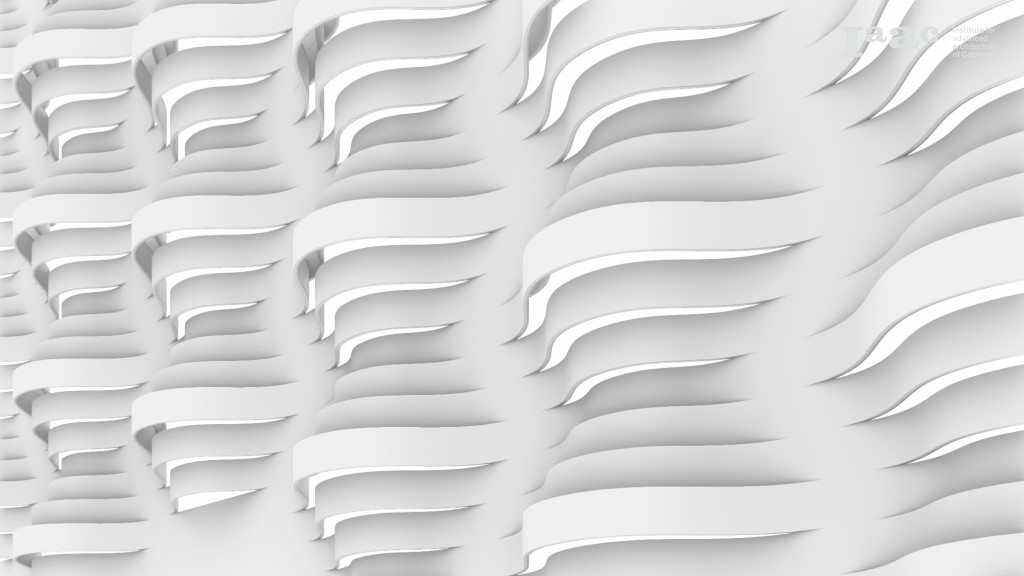
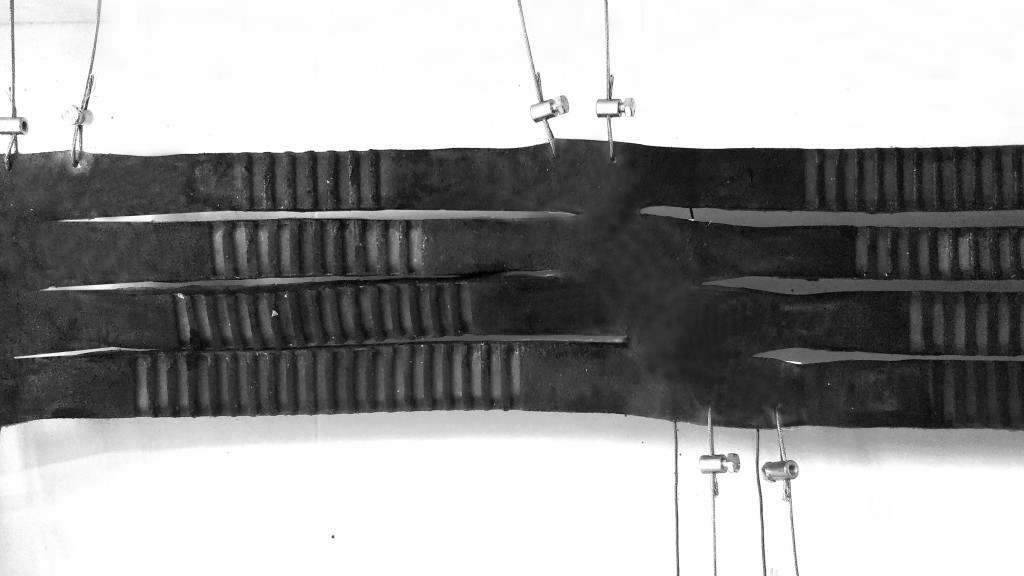
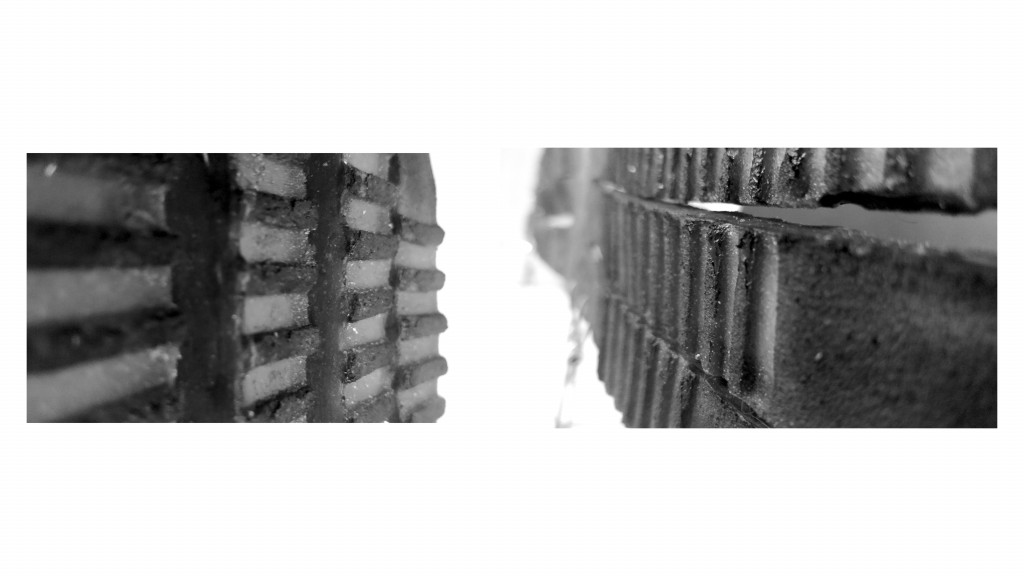

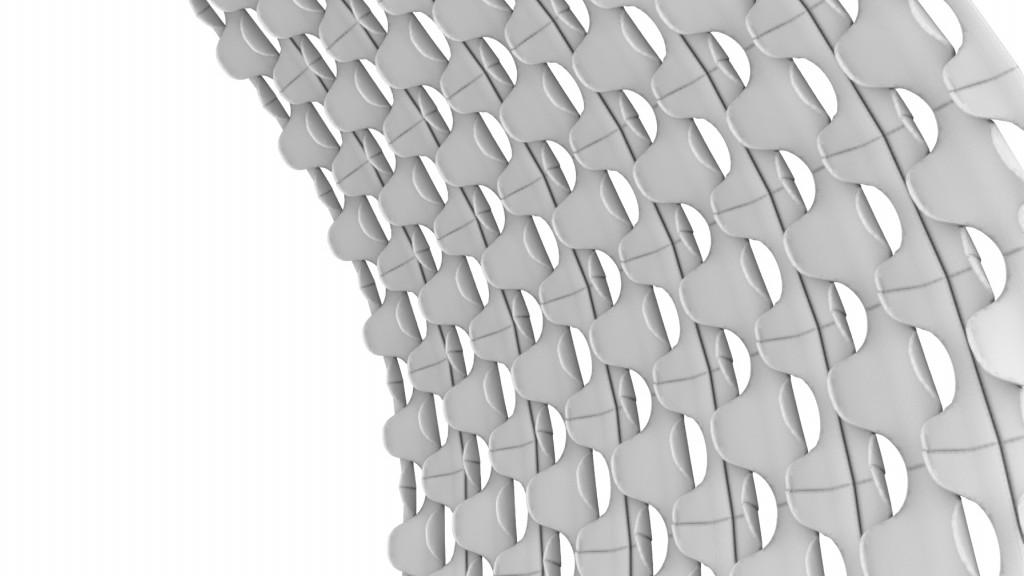
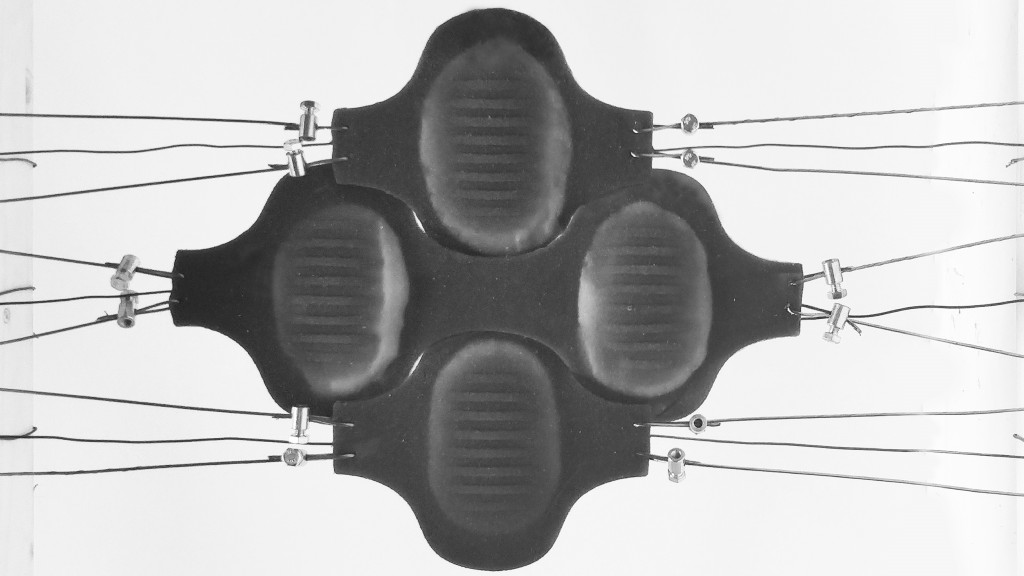
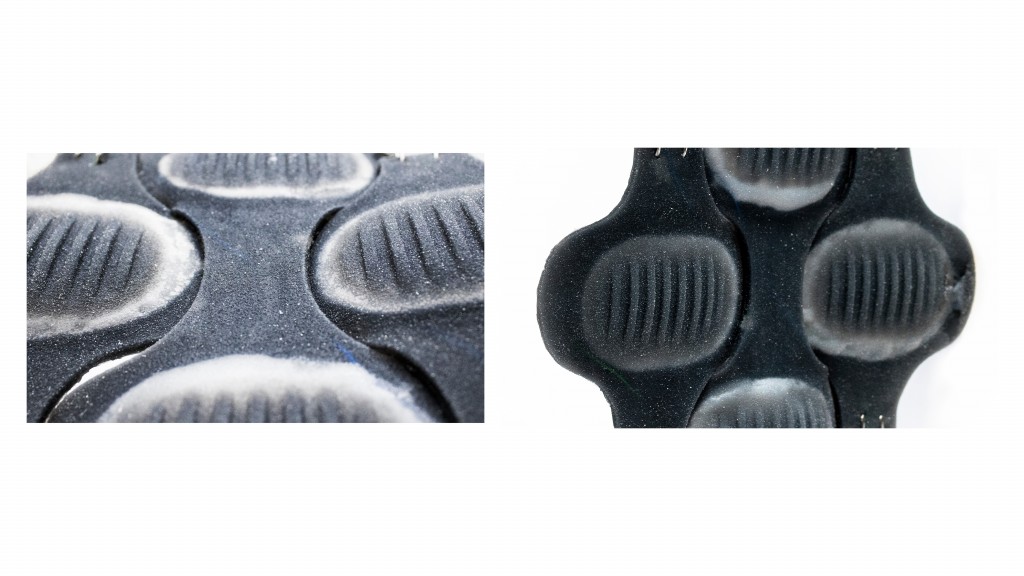
Fabrication Process
The entire research was a fabrication intensive project since it involved rigorous prototyping and casting using moulds. With each prototype, we learned new techniques and strategies to make quick moulds. This also helped us to learn the art of casting and the complexities we need to consider before we design a shape.
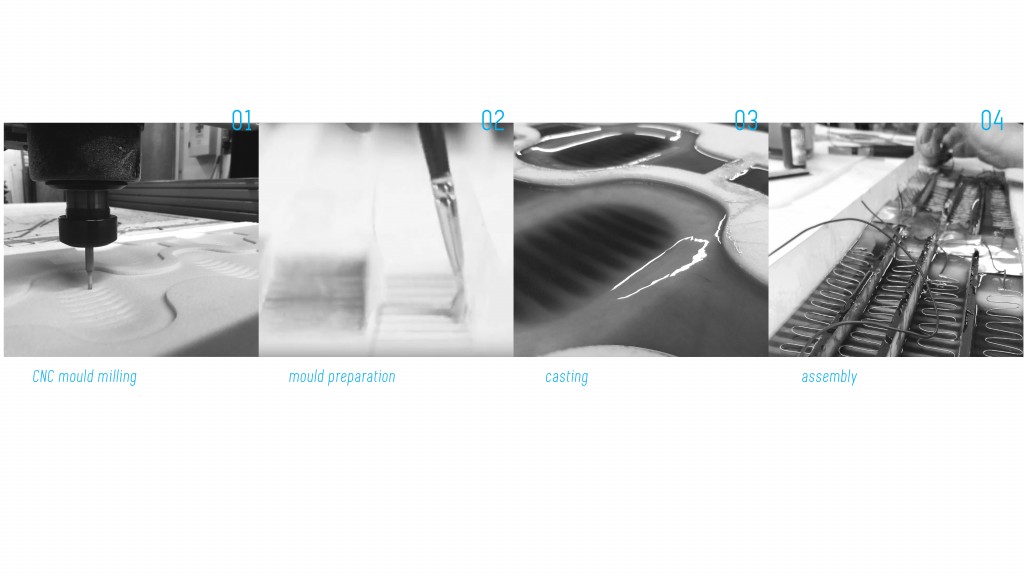
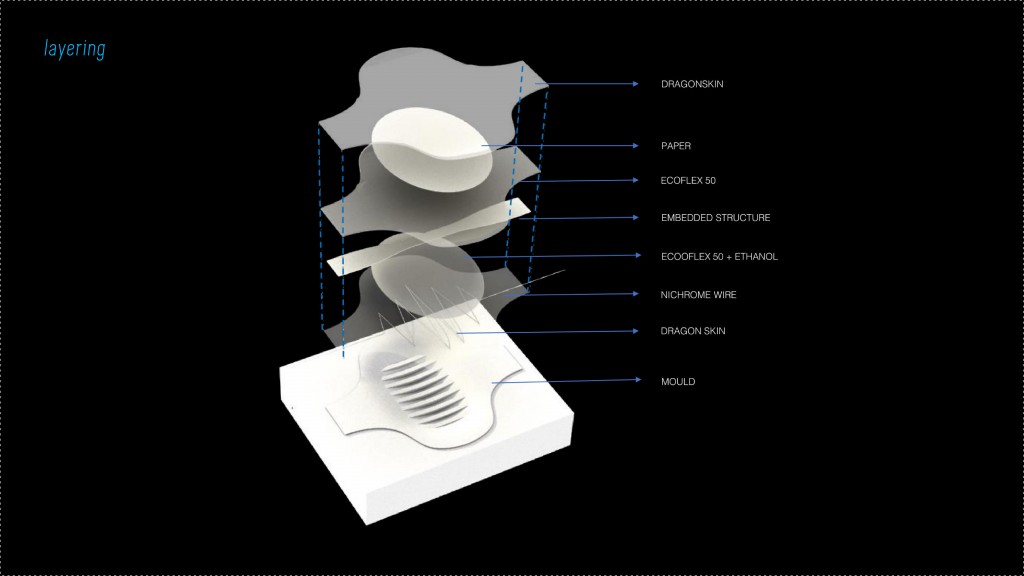
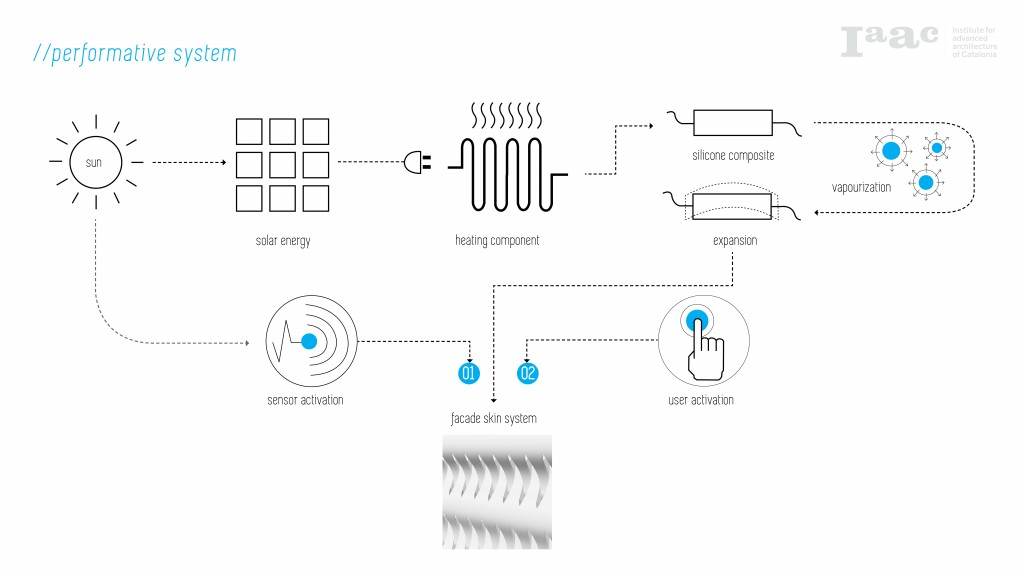
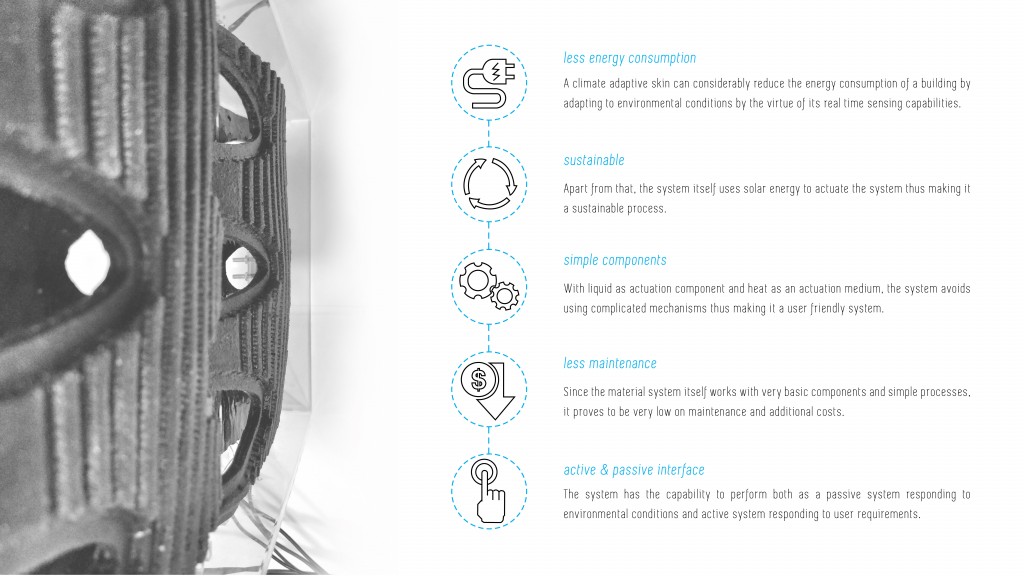
Conclusion
All the digital and physical explorations of this research have led to a better understanding of the potential and limitations of the material system. The research ends with a strong belief in the future of Pneu.Flex. They have the potential to radically change the way that spaces are experienced. These material systems have undeniable advantages in terms of energy performance and adaptability to the needs of the users. Furthermore, there is already available technology to create interactive structures with embedded artificial intelligence which can be integrated with this. However, its limitations in terms of durability and energy flow must be taken into account. Therefore, the next step towards this research could be to make this material completely passive and non-dependant on any other external source.
“Pneu.Flex” is a project of IAAC, Institute of Advanced Architecture of Catalonia, developed as part of the Digital matter course at the Master in Advanced Architecture program in 2017/18.
Student: Kavya Jose, Nusrat Tabassum, Yingxin Du
Faculty: Areti Markopoulou , Raimund Krenmueller, David Andres, Angelos Chronis